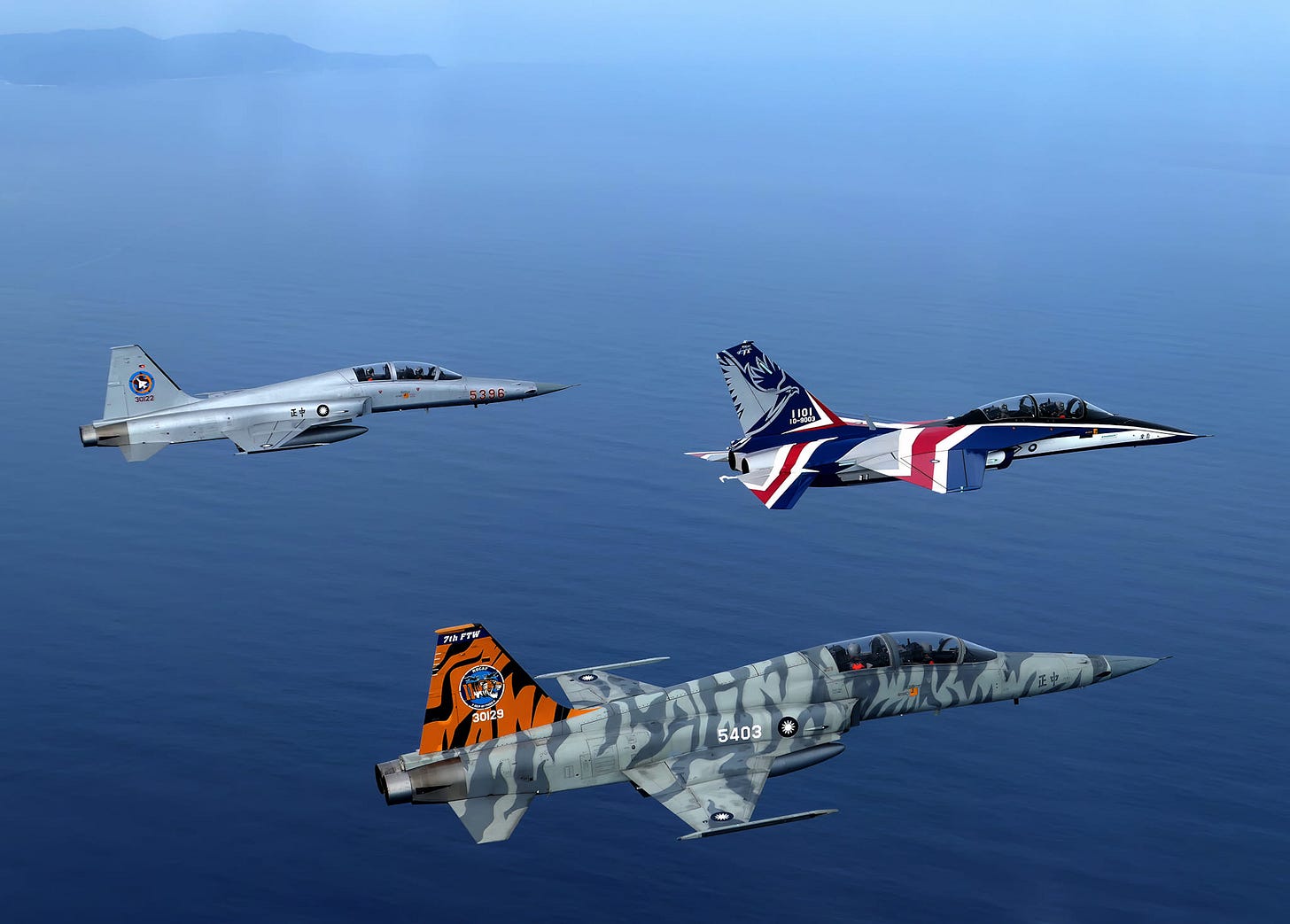Taiwanese civilian perspective on ‘asymmetric warfare’ and Taiwan’s national defense strategy 台灣作戰策略中的不對稱防衛辯論 賴怡忠 思想坦克
Geostrategery and Taiwan Republic 台灣国 classrooms
This is an important summary of the debates over Taiwan’s national security strategy during the last few decades, and the role played by “asymmetric warfare.” On that term, or “porcupine strategy,” students of global affairs are wise to be cautious to separate the jargon-chasers/repeaters from the professionals with a realistic grasp of the trade-offs between different options. Dr. Lai’s essay is an additional important corrective – in a field dominated by American voices, where the civilian, non-China KMT party-state voices inside Taiwan are scarce, it is a good sign that Taiwan’s decades-long democracy is slowly penetrating the China KMT dictatorship-dominated national security arena. Dr. Lai’s paragraph on America’s strategic ambiguity and Taiwan’s inability to fully accept the American advice on asymmetric warfare is most important. To the extent that the US, Japan, and democratic allies can operationalize President Biden’s repeated expression of strategic clarity regarding Taiwan’s democratic sovereignty status quo, adopting a version of asymmetric warfare would become more likely in Taiwan.
© Taiwan in World History 台灣與世界歷史. This site grants open access for educational and not-for-profit use. Maps and illustrations are borrowed under educational and not-for-profit fair use. If you are the rights holder and prefer to not have your work shared, please email TaiwanWorldHistory (at) Gmail (dot) com and the content will be removed.




